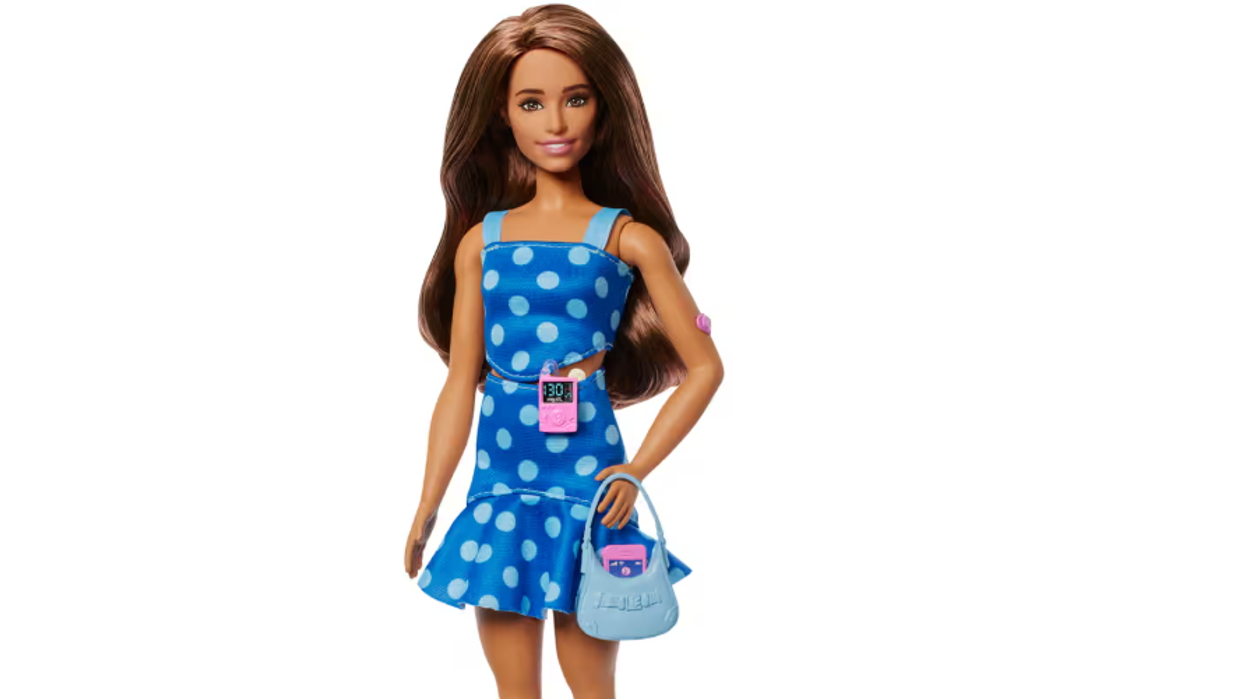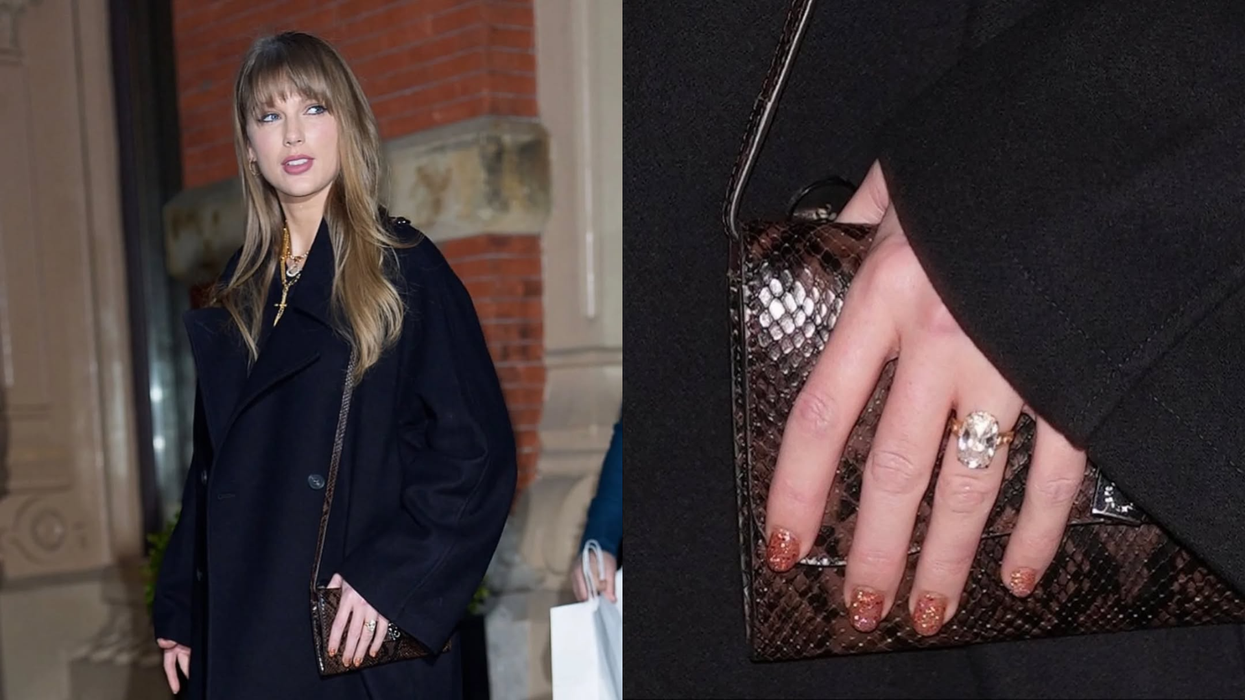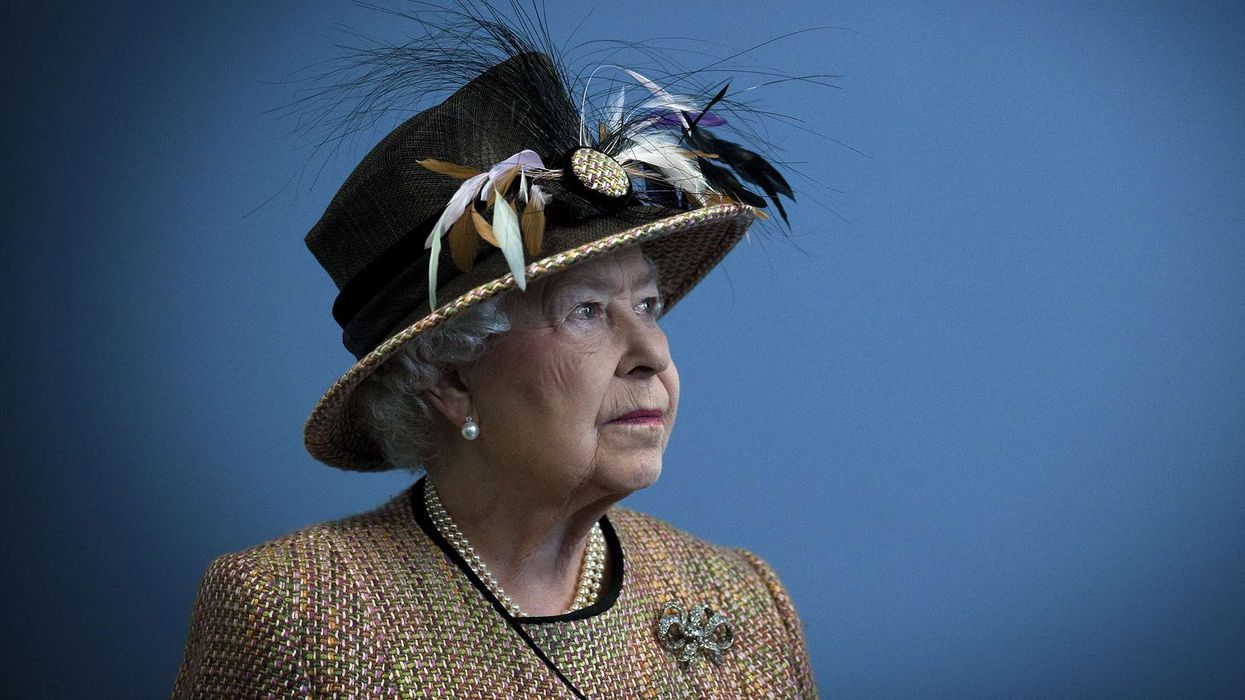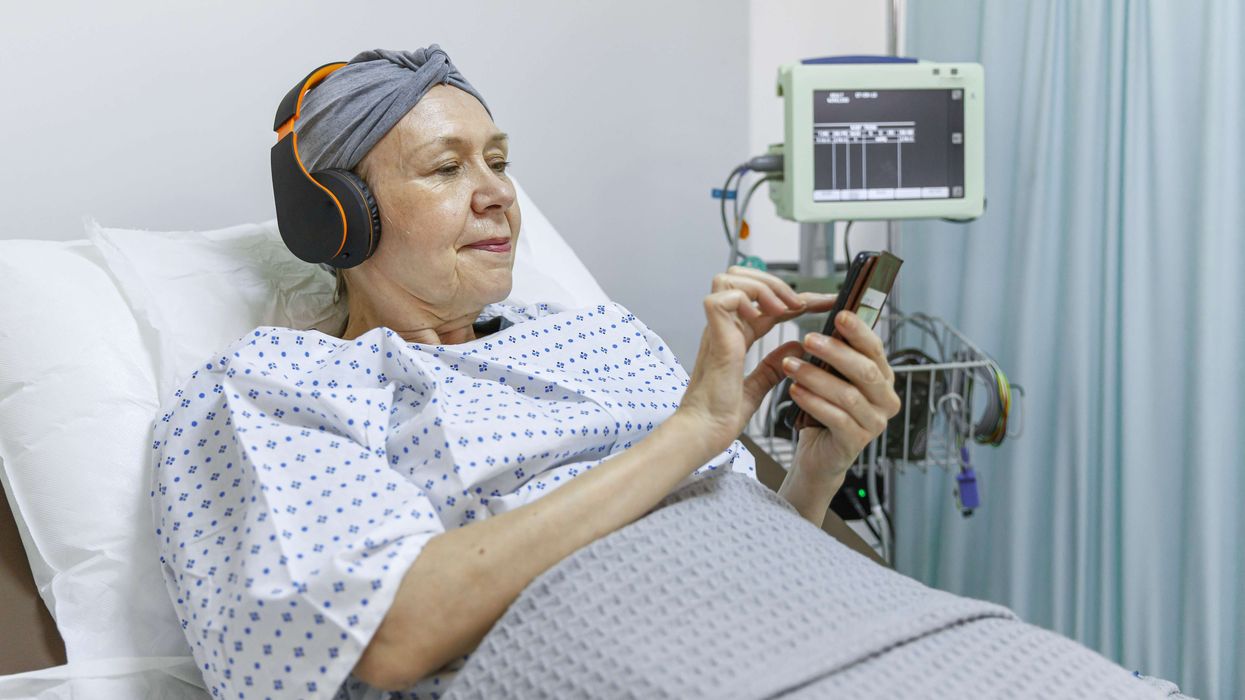Highlights
- Mattel launches new Barbie with type 1 diabetes
- The doll features a glucose monitor, insulin pump and CGM app
- Created in collaboration with type 1 diabetes charity Breakthrough T1D
- Part of Mattel’s broader push for inclusivity and representation in toys
Barbie with type 1 diabetes joins inclusive fashionistas range
Mattel has launched its first diabetes Barbie doll, designed to represent children with type 1 diabetes and promote greater inclusivity in children’s toys.
The new addition to the Barbie Fashionistas line comes with realistic medical features including a continuous glucose monitor (CGM) on her arm, secured with heart-shaped medical tape, and an insulin pump to help manage her blood sugar levels. She also carries a smartphone with a CGM app to monitor glucose throughout the day, and a bag large enough to store snacks and other essentials.
Designed in partnership with Breakthrough T1D
The diabetes Barbie doll was developed in collaboration with Breakthrough T1D, a global not-for-profit organisation supporting people with type 1 diabetes (T1D). The autoimmune condition typically develops in childhood and requires patients to monitor their blood glucose and take insulin regularly.
Krista Berger, senior vice-president of Barbie and global head of dolls, described the launch as “an important step in our commitment to inclusivity and representation.”
“Barbie helps shape children’s early perceptions of the world, and by reflecting medical conditions like T1D, we ensure more kids can see themselves in the stories they imagine and the dolls they love,” she said.
Karen Addington, CEO of Breakthrough T1D UK, welcomed the collaboration: “I’m absolutely thrilled that Barbie now includes a doll with type 1 diabetes. For children with T1D who don’t often see themselves represented, this doll will be a powerful role model, celebrating their strength and bringing recognition, inclusion and joy to their play.”
A growing legacy of inclusive design
Since the original Barbie’s debut in 1959, the brand has evolved to reflect greater diversity. The first Black Barbie dolls were introduced in the 1960s, followed by Hispanic dolls in the 1980s. From the 1990s onwards, Mattel expanded the range to include Barbies in under-represented careers such as astronauts and scientists.
It wasn’t until 2019 that Barbie dolls with visible disabilities were introduced. Since then, Mattel has launched more than 175 diverse Barbie looks as part of the Fashionistas range, which now includes dolls with hearing aids, prosthetic limbs, wheelchairs, vitiligo, and Down’s syndrome. A black Barbie with Down’s syndrome and a blind Barbie are also part of the line.
The diabetes Barbie doll continues that trend, offering children with the condition a chance to see themselves positively reflected in their toys.
Industry-wide shift toward representation
Barbie is not the only toy brand prioritising diversity. UK-based brand Lottie includes dolls with autism and Down’s syndrome, while Lego offers a variety of inclusive minifigures, including characters with physical and non-visible disabilities.
Arjun Panesar, founding chief executive of Diabetes.co.uk, praised Mattel’s decision, stating: “Representation matters – especially in childhood. Seeing a Barbie doll with type 1 diabetes helps normalise the condition, reduce stigma and show children that they are not alone.
“It’s a positive step forward in building confidence, inclusion and understanding around living with diabetes.”
Promoting empathy through play
The launch of the diabetes Barbie doll is not just about inclusion—it is also part of Mattel’s mission to extend the boundaries of imaginative play. The company says the goal is to encourage children to engage with experiences beyond their own, helping them to understand the challenges others may face.
As Barbie continues to evolve, the inclusion of realistic medical conditions such as type 1 diabetes signals a more inclusive future for toys and the children who play with them.














